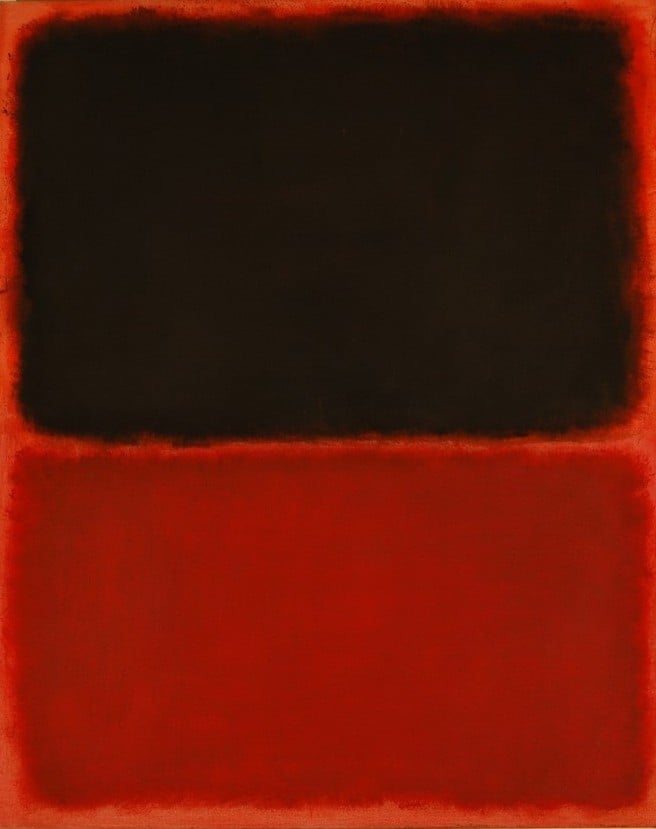Law & Politics
How the Knoedler Lawsuit Transformed a ‘Sublime’ Rothko Painting Into Junk
THE DAILY PIC: Can't we still admire a painting that's been declared a forgery?

THE DAILY PIC: Can't we still admire a painting that's been declared a forgery?

Blake Gopnik


THE DAILY PIC (#1479): My normal rule for this column is that I have to have seen each day’s artwork with my own eyes before writing, but I’m breaking it today because I have it on good authority that, in the flesh, this 1956 Rothko is really very gorgeous and profound. After all, the great connoisseur Ernst Beyeler once called it “sublime,” while a seasoned collector, Domenico De Sole, saw and admired it at the late, great Knoedler Gallery in New York and then actually shelled out more than $8 million for it – something he’d hardly have done if he didn’t think it was pretty fine. So what if, in a Manhattan courtroom on Wednesday, he demanded that Knoedler pay him $25 million in damages because the painting has now proven to be a very recent fake? – that doesn’t cancel out his earlier admiration. If anything, the scale of the damages De Sole is seeking somehow seems to argue for the gap between how he once felt about the piece and how he now does, calling it “worthless”. If the Rothko hadn’t seemed a wonderful thing when he first bought it, I doubt he’d price his later disappointment in the millions.
What De Sole’s lawsuit really proves is that the art market, and most of our culture, doesn’t care about works of art for any inherent virtues they have, or for the creative minds they bear witness to; it cares about them as sacred relics of a sainted maker, touched by his or her hand and only valuable because they have been.
I’ve argued all this before, in a much longer essay in praise of forgery, and the art historian Alexander Nagel has done a nice job fleshing out the link to sacred relics. The current lawsuit does add one interesting note to the discussion, however, because it is all about a painting where the presence of the artist’s hand, slathering on his emotions in paint, is central to the work’s original justification – Abstract Expressionism was built around the live, unrepeatable actions of its artists. Even though the forgery from Knoedler has clearly captured and reproduced the look of those actions, almost as though Rothko had had his hand wrapped around the forger’s fist as he painted, it still doesn’t seem to satisfy. Could it be that AbEx itself, born at a moment of vast growth in New York’s gallery scene, was meant to foster the market-friendly mania for authenticity we are witnessing in that Manhattan courtroom this week?
For a full survey of past Daily Pics visit blakegopnik.com/archive.